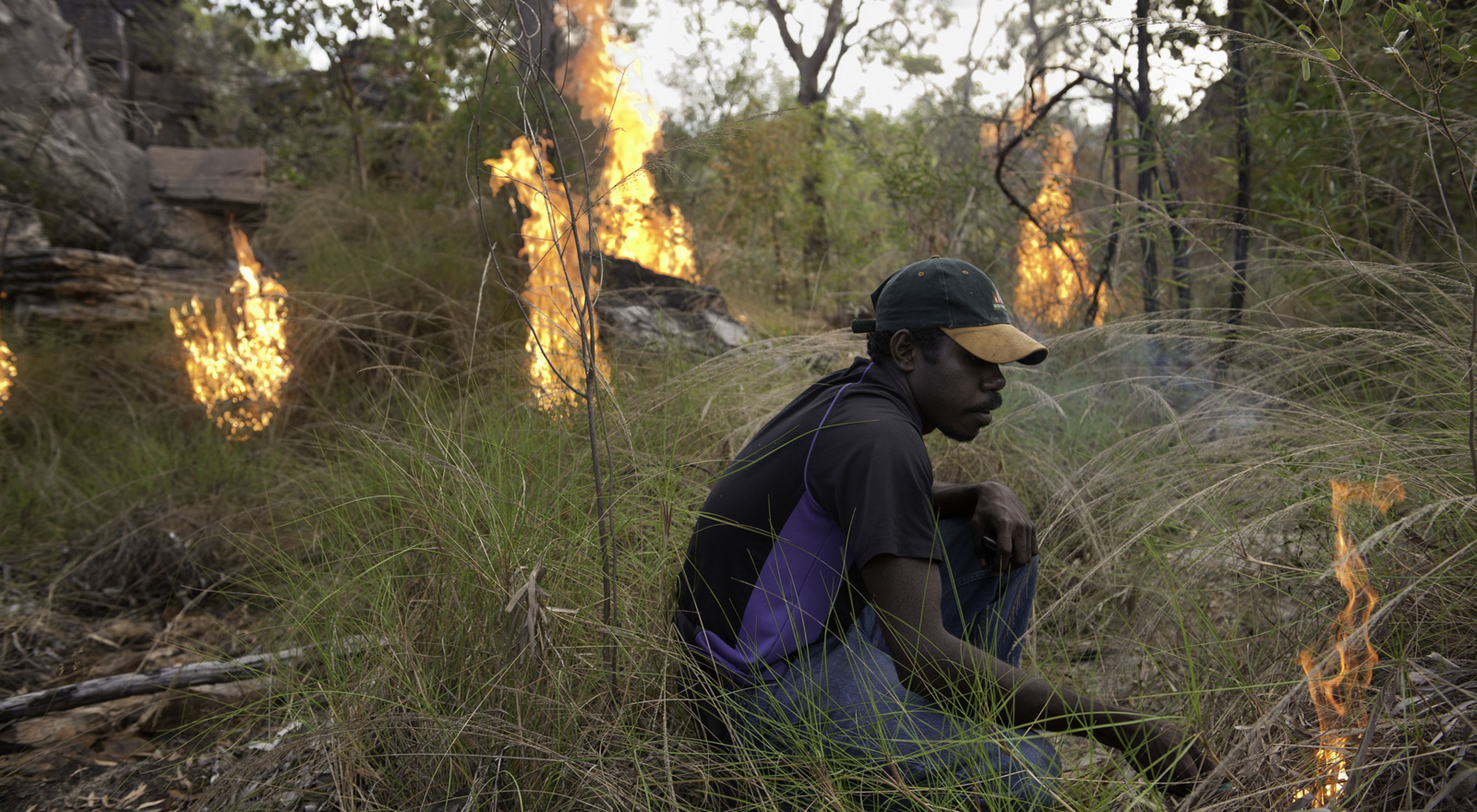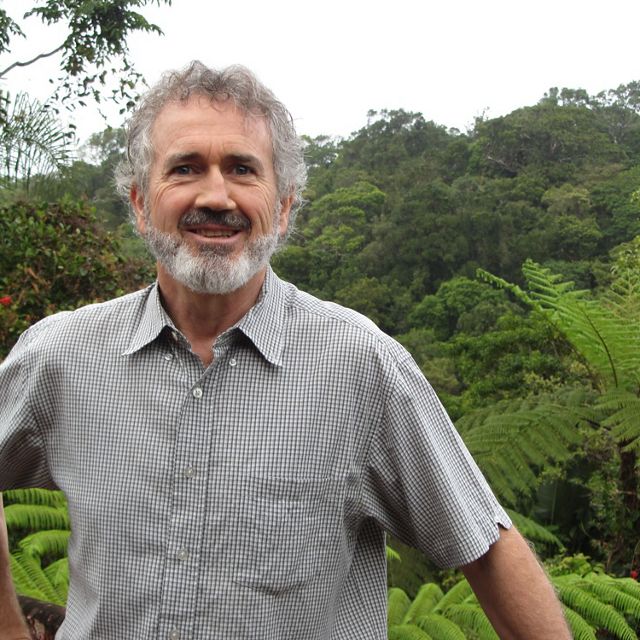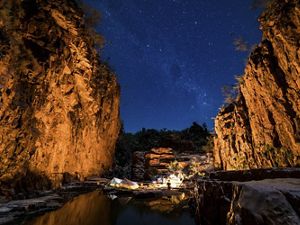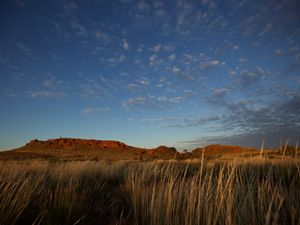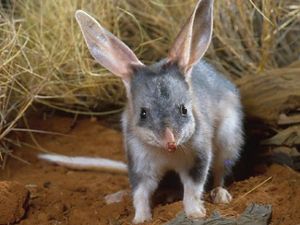Fighting fire with fire
Indigenous-led fire management is fighting climate change
Help us protect Australia's precious habitats
DonateUsing Controlled Fire to Fight Fire
As climate change continues to exacerbate natural disasters like floods and fires, the importance of traditional knowledge and practice for understanding and dealing with their impacts are increasingly being recognised.
This is occurring in northern parts of Australia, where Indigenous Australians have traditionally used fire to manage plant and animal resources to maintain the health of their cultural and natural assets for millennia. In what is one of the most naturally fire-prone landscapes in the world, Australia’s native flora and fauna evolved to live with fire, and many species rely on these small, managed fires to create the right habitat for survival.
Sadly, European colonialisation resulted in serious damage to the Indigenous way of life and ‘cool burning’ was interrupted.
Without small, controlled fires in the cooler months of the early-mid dry season, dry grass builds up and provides fuel for much bigger wildfires often started by lightning. These fires tend to be larger and more intense and have a devastating effect on vegetation and animals in their path. They also release huge volumes of greenhouse gases such as methane and nitrous oxide into our atmosphere, which contribute to the rise in global temperatures.
Over the last 15 years, Indigenous Rangers have progressively been able to re-establish good fire management in vast areas of the northern savanna.
Controlled Burning Cuts Greenhouse Gas Emissions
Indigenous-led fire management protects wildlife, reduces greenhouse gas emissions, increases sequestered carbon in the landscape and strengthens Indigenous culture.
In northern Australia, The Nature Conservancy (TNC) supports our Indigenous partners to combine their traditional ecological knowledge and cultural practice with cutting-edge fire science to manage their Country with fire. They do this in line with broader environmental and cultural objectives often set through Healthy Country Planning.
This results in a net reduction in greenhouse gas emissions from savanna fire, which can be quantified and may allow groups to earn ‘carbon credits’.
Since TNC helped establish one of the first savanna-burning carbon projects in 2012, Indigenous fire carbon enterprises have expanded significantly. Registered Indigenous-led savanna-burning carbon projects now cover 22 million hectares of Indigenous land and achieve more than one million tonnes of emissions reduction each year.
The sale of the resulting carbon credits issued by the Australian Government can help fund the continuation of these large-scale, remote land management projects. Annually, they generate over $50 million of revenue for Indigenous organisations.
We have observed an increase in jobs in indigenous organisations that are managing carbon projects and our partners have reported better ability to access and manage their lands. Additionally, positive cultural impacts have been consistently evidenced through these projects.
Continuing Carbon Projects in Northern Australia
TNC continues to help Australia’s Indigenous communities successfully plan, prepare for, and register savanna-burning carbon projects. We are also working with our Indigenous partners to help them build their capacity for long-term, sustainable management and governance of these projects in line with their aspirations for Country.
We also support the development and adoption of new and improved methodologies which will better reflect the impact of these projects, and as a result will increase the number of carbon credits and the revenue generated.
We’re strengthening the collaboration across the Indigenous carbon industry by supporting coordination and leadership through the Indigenous Carbon Industry Network (ICIN).
At the same time, we work with our Indigenous partners on documenting and highlighting the story of savanna-burning projects.

Carbon reduction achievements
Since the start of this program, we've helped abate 6 million tonnes of carbon. That's the equivalent of taking about 2.5 million cars off the road through Indigenous Ranger programs to reduce net greenhouse gas emissions.
The Nature Conservancy's fire program history
Originally, TNC’s focus was on building conservation organisations’ capacity and resources to achieve common conservation objectives. We co-funded the Australian Wildlife Conservancy and Bush Heritage Australia to purchase and manage eight properties across northern Australia, including properties such as Wongalara Station and Yourka Reserve.
From 2007/8, we shifted our focus to Indigenous-led approaches as opportunities were identified for large-scale conservation and human wellbeing outcomes within the large structurally intact Northern landscapes facing threats from altered management processes – principally fire, weed and feral animals. These had potential to be addressed at scale through Indigenous land management. This approach reflected the desire by Indigenous communities & Ranger teams to sustainably manage their Country, including through declaration of Indigenous Protected Areas (IPAs) also supported by the Australian Government, and – in relation to fire management – was aligned with the emergence of opportunities to generate income from early-dry-season fire management through a reduction in greenhouse gas emissions otherwise resulting from unmanaged late-season wildfires3.
TNC’s program has since focussed on supporting Indigenous peoples to plan and manage their land through Healthy Country Planning, catalysing and supporting the development of IPAs, and helping build capacity for fire management as well as driving the development of innovative financing approaches for supporting the sustainability of Indigenous-led management. Support for Indigenous fire management has been a key component, primarily through supporting the development of an Indigenous savanna burning carbon industry that generates carbon credits for avoided emissions through changing fire regimes from uncontrolled late dry-season fires to early dry-season controlled burning.
Over time, we have broadened our support for the establishment and maintenance of sustainable management capacity in communities that might be constrained by limited governance capacity and funding. This also means an increased focus on equity (particularly women’s projects) and cultural authority for longer-term conservation over multiple generations to ensure the transfer of knowledge to younger generations and building leadership for the future.
Places we help protect
Supporting Indigenous people to manage their land for conservation.
-
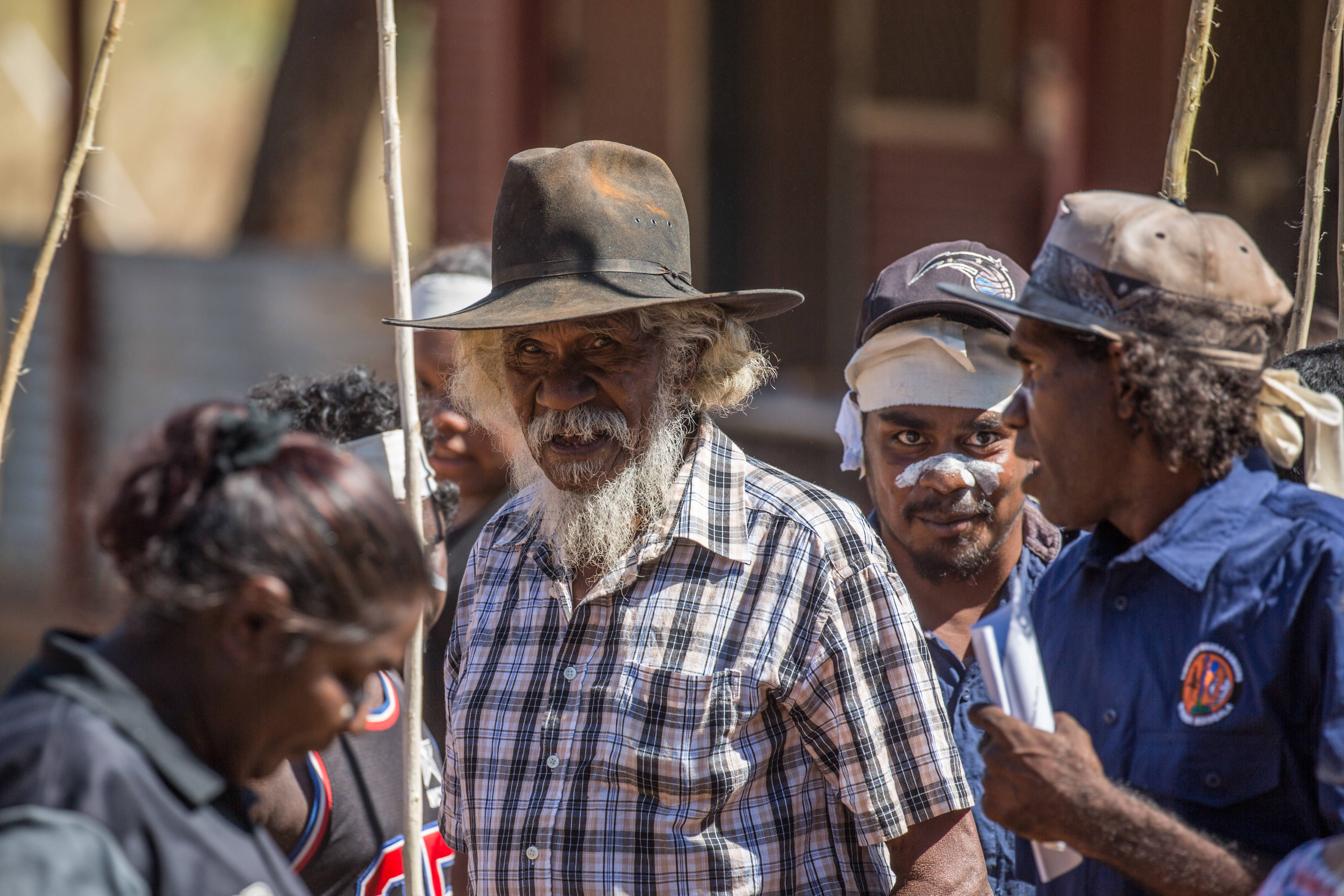
Fitzroy River, Western Australia
Tucked in the Kimberley region of far north Western Australia. Fitzroy River runs through the rugged and beautiful traditional Country of the Nyikina and Mangala people. Learn more
-

Fish River Station, Northern Territory
A vast 180,000 hectare property with exceptionally diverse habitats including savanna woodlands, rain forests and floodplains. Learn more
-
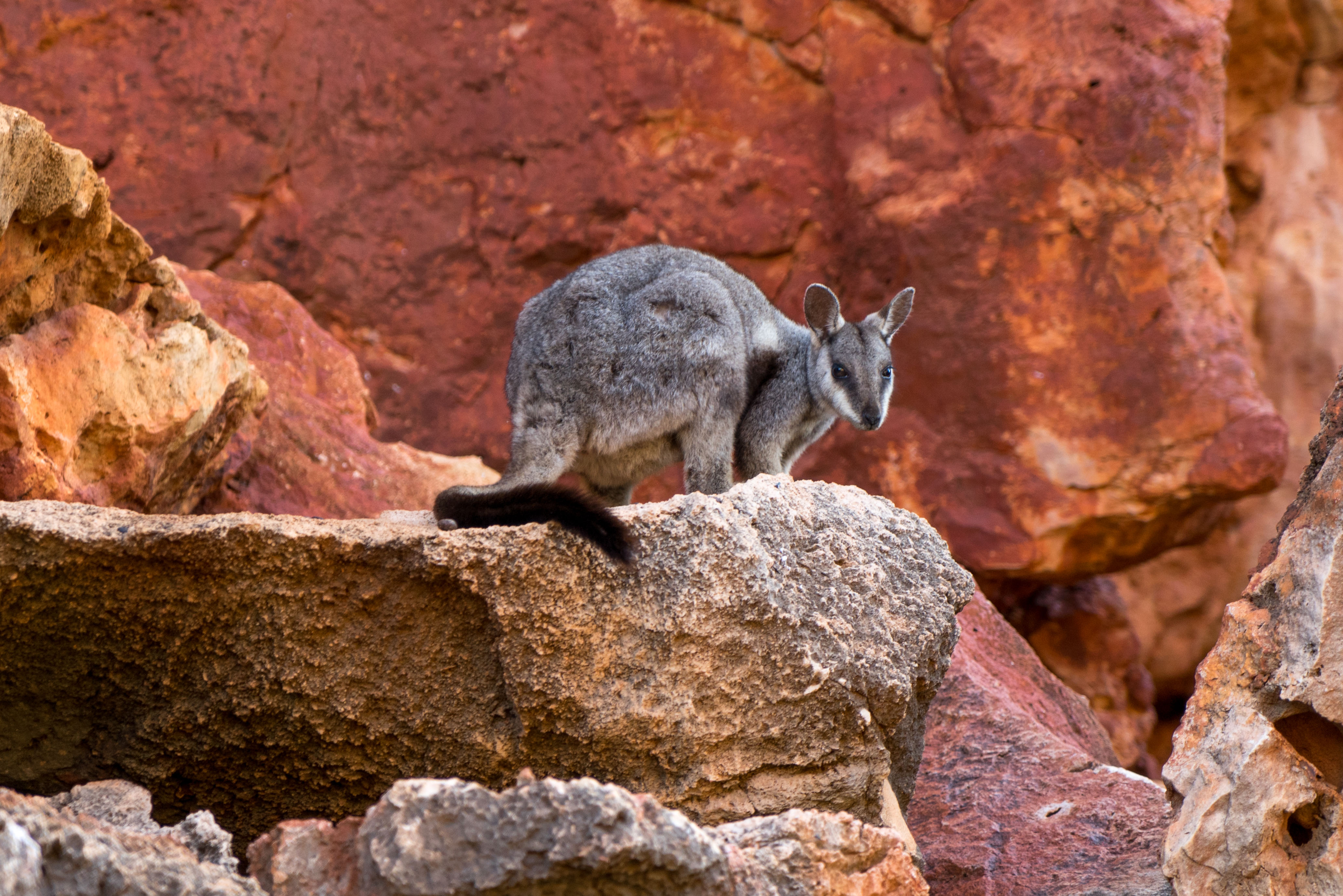
Western Desert, Western Australia
A past project in Martu Country. It's a place of global conservation significance, rich in biodiversity and cultural value, spanning an area twice the size of Tasmania. Learn more
-
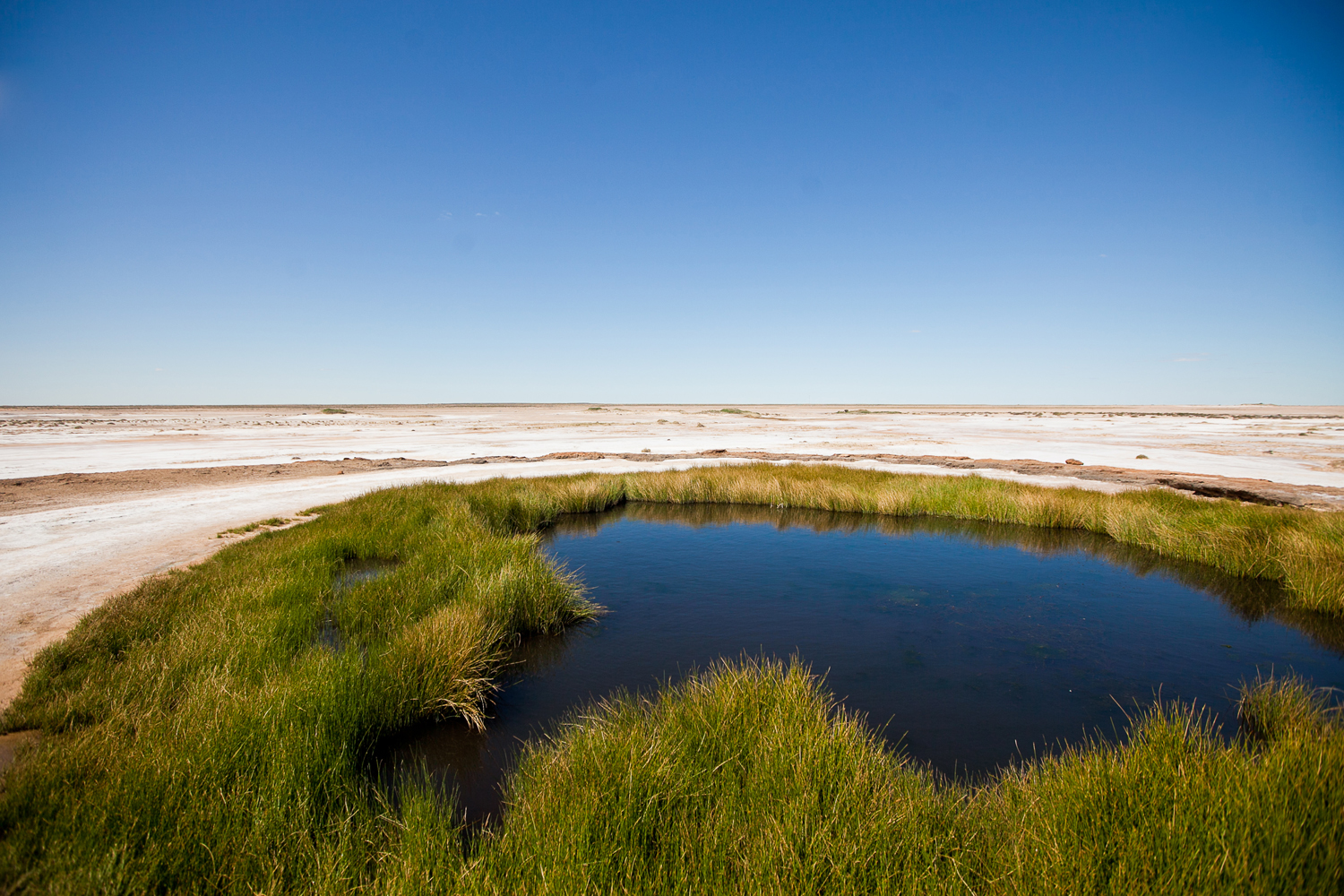
Arabana Country, South Australia
A past project to help protect the springs in Arabana Country. An oasis for local wildlife and migratory birds. They’re also extremely important to Indigenous people for many thousands of years. Learn more
We would like to acknowledge the Traditional Custodians of the Land we help to conserve and pay respect to the Elders both past and present.
Get the latest updates
Find out how we're helping to conserve Australia's iconic natural landscapes and crucial wildlife habitats.
